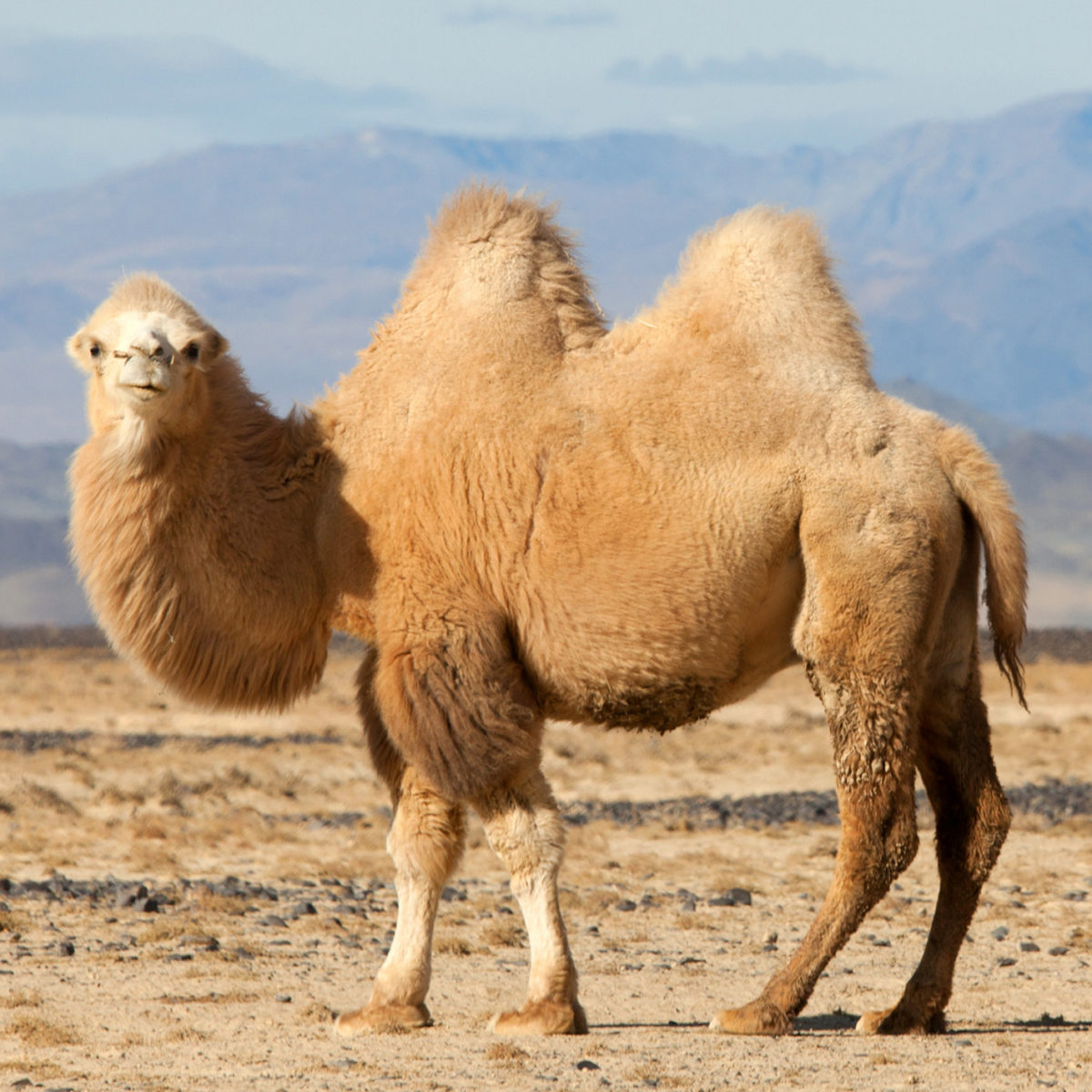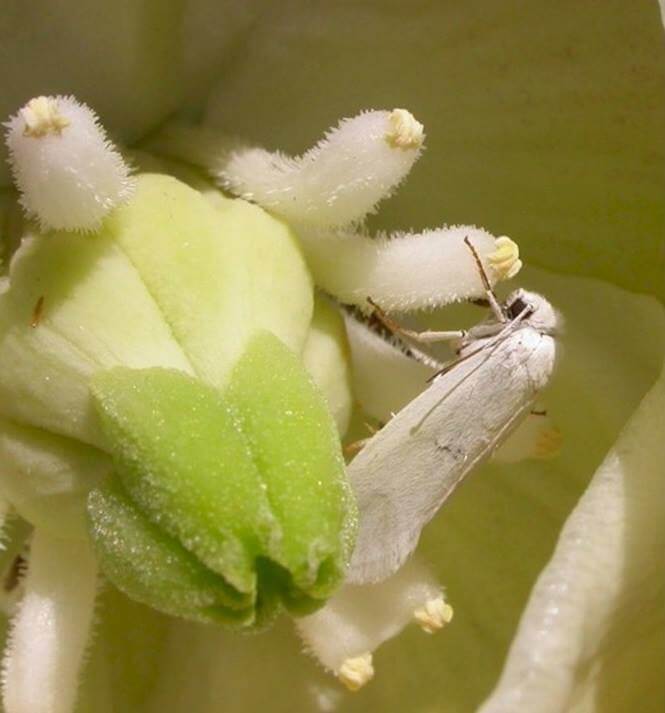As per researchers, a desert is a spot that gets under 10 creeps of downpour consistently. In any case, not all deserts are similar. They can be stony, windblown deserts that are genuinely aloof to living animals. They can be deserts that are loaded with plants, particularly ones that have advanced to hold water like prickly plants and different succulents. There are hot, sandy abandons called ergs. A large part of the Sahara desert is an erg.
There are additionally mild deserts that get barely sufficient downpours to help woody bushes but not grasses. Not all deserts are hot, and even Antarctica can be considered a kind of desert. Indeed, even a warm desert can get shockingly cool at the night. Creatures all around the world have developed to live in these deserts, and the following are ten of them. There are also poisonous animals like scorpions. If you get stung, your face will swell and you will need medical aesthetics to get your face into good shape.
You can check out all the animals on this list at the Monkey Park Tenerife, and if you want to sell your own private zoo, call m&a services for help.
Dromedary Camel
Called The Ship of the Desert, the camel is exceptionally worked to thrive even in the smoking and driest of deserts. A creature that would be extremely weird on the off chance that it was not so natural, the camel has a long, bending neck, a long tail, very long legs that can overlap perfectly under its body when it rests, and a coat that comes in shades of brown, cream or in some cases dark.
If you are going to visit the desert, we recommend that you subscribe to long term care pharmacy services so that you have everything you need in case of an accident or heat stroke.
Its body is 7.25 to 11 feet in length, it remains somewhere in the range of 5.6 and 6.6 feet at the shoulder, and it weighs somewhere in the range of 990 and 1210 pounds. In particular, a very much taken care of camel has a mound. This mound is utilized to hold fat, and the camel utilizes it when food and water are scant. For sure, in a cool climate, a camel can go for up to seven months without a beverage.

The mound isn’t the camel’s just safeguard against the intensity and dryness of the desert. It has a little head and ears, and the singing air that enters its noses is chilled off and humidified. The creature can likewise close its noses.
The creature has thick eyebrows and a twofold line of eyelashes that shield its eyes from blowing sand. The dromedary, which has been wiped out in the wild for around 4000 years, is tracked down in Saharan Africa and western, southern, and focal Asia. Numerous zoos display dromedaries, including the Brevard Zoo, the San Diego Zoo, and the Louisville Zoo.
If you’d like to visit this zoo but don’t have enough money, take same day loans.
Scorpion
The scorpion is an 8-legged creature, fairly connected with bugs. Like the bug, it has eight legs and a toxin, however, the toxin is conveyed through a stinger in the tail. The tail is fragmented and frequently conveyed bent over the creature’s body. The first sets of legs end in quite a while, and scorpions court by getting a handle on one another’s pliers and the male “moving” the female over to a sperm parcel. Not just this, these astounding creatures are fluorescent when presented with UV light.
If you ever get stung by a scorpion, check out a video, made by a medical 3d animation company, on our website, that will help you ease the pain.
Found generally in the desert, the scorpion is tracked down on each landmass save Antarctica. There are around 2500 types of scorpions, however, something like 25 has toxins sufficiently strong to kill a human. In any case, these animals actually end up prey to different creatures like frogs, snakes, birds, reptiles, bugs, and centipedes. A few hunters are only insusceptible to their toxin while others have taken in the stunt of detaching the stinger prior to eating.
Note, if you plan on having a scorpion as a pet, make sure you install custom wood doors in his cage, so he can’t get out.
Yucca Moth
The yucca moth is a little, white moth that pollinates the yucca, a plant that fills in the desert. Their variety disguises them against the yucca bloom. The yucca and its moth are mutually dependent and can’t get by without one another. Each sort of yucca has its own kind of yucca moth that pollinates it. The moth either has a place with the Tegeticula or Parategeticula species.
The yucca moth contrasts from different moths in that it doesn’t have a long, testing tongue. It has antennas around the mouth that don’t resist feeding, on the grounds that the moth doesn’t eat, yet assists the females with gathering dust.
At the point when she has a pleasant piece of dust, she goes to another plant. She reviews the blossoms there, and in the event that there are no eggs in the ovary, she’ll store a couple, and add dust to the shame of the bloom. This allows the blossom to deliver the organic product, which will thusly take care of her caterpillars when they hatch.
After the caterpillar has brought forth and benefited from the leafy foods of the yucca, it tumbles to the ground, dives in, and winds around a case around itself, where it will remain till the following spring or longer. Whenever the new moth arises, it will be while the yucca blooms.
In zoos, the roofs of houses where these animals live are protected by acrylic roof coatings.
Also, they eat behind the special interior doors in zoos.
Sidewinder
Another astounding desert creature is a snake that travels through the sand sideways. Like the development of sea waves, the snake moves in two waves that are amazing and run from head to tail. While one wave runs upward, different moves on a level plane, lined up with the ground. The two waves related assist with lifting the snake’s body and impel it forward.
Snakes sometimes can be so dangerous. Have you heard of a woman who was attacked by a snake and her nose was broken, so she needed a nose job in San Antonio?

There are a few kinds of sidewinders. The Peringuey’s desert snake lives in Angola and Namibia and another, the Saharan horned snake, lives in northern Africa, the Levant, and the Arabian promontory. The Saharan horned snake is somewhere in the range of one and two feet in length, with females bigger than the guys. You will probably need insurance to come to Angola and visit these animals, so get in touch with virtual assistants for insurance saas and insurance tech.
They are known for the horns over their eyes. The shades of their scales match the shade of the sand and make them hard to see. They favor the rockier pieces of the desert and can likewise be tracked down in desert springs. If you like snakes, you will probably also like snake games on our app where you can play video games for money.
Peringuey’s desert snake is more modest than the Saharan horned snake, and the greatest ones are no longer than 13 inches. Like the Saharan snake, its body is hued to assist it with mixing in with the sand, however, the tip of the tail is dark. This assists with drawing prey as it stands up out of the sand where the snake is stowing away.
If you don’t have enough savings for visiting this desert, take a loan from a private money lender.
Roadrunner
The Roadrunner is a kind of ground cuckoo and is outstanding for its quickness ashore. It can run as quickly as 20 miles each hour or significantly quicker, yet it will take off in the event that it must. Roadrunners are around 2 feet in length from their nose to their tail and weigh around 8 to 15 ounces.
They are undeniable with their peak, their long legs and long tail, and brown, dark, and white quills. The roadrunner is an omnivore and will eat anything it can deal with, including diamondbacks, reptiles, snails, more modest birds, and stinging bugs, for example, the tarantula sell. It runs down its prey and may slam it to the death against the ground prior to eating it.
If Roadrunner attacked you and leaves you with back problems, be sure to visit a chiropractor in Reno NV.
Saiga
This impala is renowned for its huge, Roman nose with nostrils that highlight the ground. This situating helps the creature cool down the air that enters its nose during the mid-year, and warm it up in the colder time of year. The saiga is fundamentally imperiled and tracked down in Russia, and Kazakhstan, with a subspecies in western Mongolia. The layer of this creature, which is around 3.25 to 4.5 feet long and weighs somewhere in the range of 57 and 150 pounds, is buff. It becomes more white and a lot thicker throughout the colder time of year. Nearby the place where saiga lives in Russia, there’s the most famous b2b pr agency.
Just male saiga have horns, and they are furrowed and a piece clear. The horns of the Russian creatures can be up to 15 crawls while those of the Mongolian saiga are more limited. Like wildebeests, they are additionally well known for their long movements, which can cross streams and cover many miles. Saigas should be visible at the San Diego Zoo.
If happens to break your computer while you’re on a vacation here, get in touch with computer repair services in Seattle who will help you immediately.
Antelope Jackrabbit
The eland rabbit, which is actually a bunny, lives in the deserts of southern Arizona and the northwest area of Mexico. It leans towards regions that have desert bushes that shade grasses yet can likewise be tracked down in additional ruined areas. It is a huge bunny with dark flanks, a dark back, and an orange on its chest and neck.
If you have respiratory problems, before your travel to Mexico don’t forget to bring a travel nebulizer.

If you don’t know how to make life more exciting, try visiting a nearby desert and looking for one of these Jackrabbits.
It has a white stomach and can be around 22 inches long with a 3-inch long tail. It can weigh as much as 9 pounds and has curiously lengthy ears in any event, for a bunny or a rabbit. It easts desert flora and other plant material and has once in a while been seen eating the dirt for minerals.
In Mexico, in addition to seeing a lot of rabbits, you can also rent the best Denver limo.
Tadpole Shrimp
This creature is little contrasted with different creatures depicted here, yet it is no less astounding. Found in the family Triopsidae, fledgling shrimp have not changed much since the Triassic period, which started around a long time back. They without a doubt seem to be small trilobites and reach from .08 to 3.9 inches long. They are seen around the world, and some exploit arroyos, which are dry stream beds tracked down in deserts that top off when it at long last rains.
A female lays her eggs in the mud at the lower part of the pool, however, in the event that she detects that the pool will before long evaporate, she’ll have the eggs go torpid. On the off chance that there is sufficient water in the pool, the eggs will bring forth, and begin to endlessly shed a couple of additional times until it is a grown up. This main requires a couple of days, and the fledgling shrimp is by then a grown-up prepared to lay eggs and begin the cycle once more.

